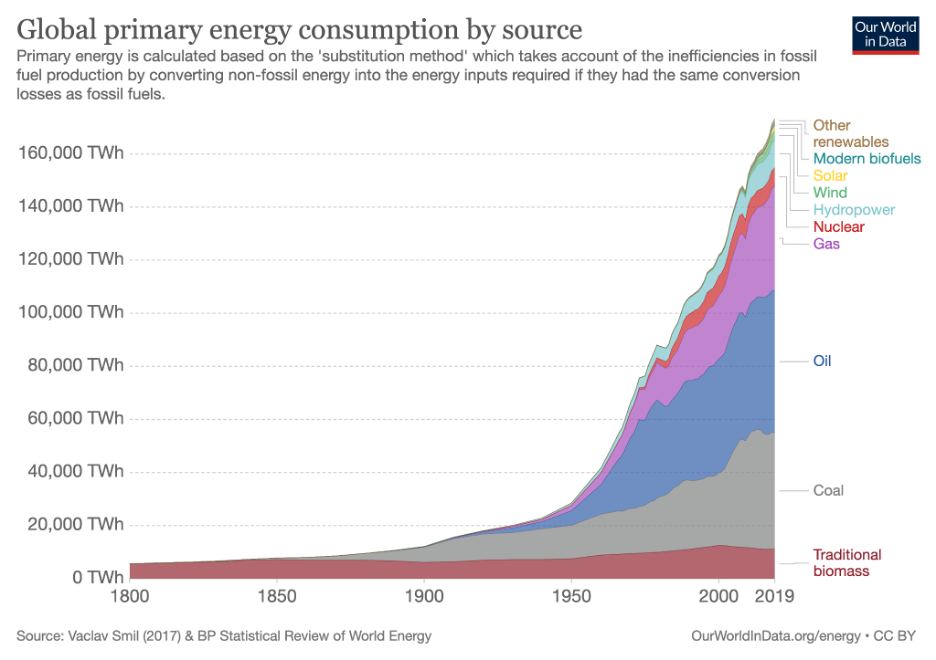We all know Netflix. Co-founder and CEO Reed Hastings’ brainchild has disrupted the entire entertainment complex through its massive global expansion and improved streaming technologies.
Remember video rental giant Blockbuster? Unfortunately, most people under 20 surely do not.
Netflix put them out of business in 2010.
Remember when Hollywood had a stranglehold on deciding which films could be made?
Well, Netflix’s studios have gone on to win Oscars and forced film moguls to play by their rules. Today, Netflix has more than 207 million paid subscribers around the world.
But now it has another target in sight.
The $90 billion video gaming industry.
With several video game producers and related tech companies ready to report earnings, let’s examine how Netflix might master the gaming sector over the next 10 years.
How Netflix Succeeds
Back in 2006, Netflix started as a rental company for movies. Then, it was locked in a battle with Blockbuster over monthly DVD mail-in rental programs.
People will say that times and customers changed. But it was the acceleration in streaming and supporting technology that aided Netflix’s rise over the competition. Improved bandwidth, 4G, and faster internet speeds made it possible for Netflix to blast films directly into your living room.
The video gaming industry has experienced a significant benefit as well from stronger, faster internet speeds, improved graphics cards, and more advanced software.
To show that Netflix is serious about its future in gaming, it made a strategic hire last month to lead its new initiatives. Netflix hired Mike Verdu, a former executive at video game giant Electronic Arts and Facebook. While at the social media giant, he oversaw a division that brought games and other content to Facebook’s Oculus virtual-reality platforms. While at EA, he focused on the popular Sims franchise and Star Wars games.
For the moment, Netflix says that it will offer video games on its primary platform as a new genre of programming. However, if you’ve ever used Netflix, you know that they segment different categories of programming by subject. So, for example, you’ll see standup comedy, documentaries, and 1980s films lumped into separate categories.
Buy Versus Build?
The question that everyone should ask now is how Netflix plans to build a video gaming dynasty.
When a company wants to get into a new growth industry, it typically has one of two strategic options. It can either build the entire business from scratch, or it can acquire a company that already has deep experience and a solid customer base.
“Buy versus Build” is the subject of classes and debates at business schools across the country.
You’ll recall that Netflix famously built its own movie production house from scratch. It relied on strategic partnerships with media companies like Starz. But it never went out and bought a movie studio.
Its rival Amazon (behind the Prime video platform) also built its own content- and movie-production unit. However, Amazon has lagged behind Netflix in terms of original content. As a result, it boldly decided to purchase MGM Studios recently for $8.5 billion. Amazon will use the Buy model in its quest to compete against Netflix’s ongoing dominance.
Netflix, meanwhile, has focused on making its content stronger and exploring new opportunities that would benefit its customers. As it moves into video games, it will likely start with mobile gaming and then expand to its other platforms.
So, what will Netflix do with video games?
There are theories that Netflix could go out and purchase a video gaming company. A simple Google search will deliver countless clickbait articles speculating that Netflix could buy role-playing game designer CD Projekt or even merge with Electronic Arts or Take-Two Interactive.
But I’ll give you an effortless secret that will tell you what they’re likely to do.
All you need to do is check the company’s job postings.
Following the hiring of Verdu, the company posted multiple job openings for gaming production team members.
A posting for Producer, Studio Games reads:
“This is your chance to be at the forefront of Netflix’s new offering of Video Games. We will bring these new experiences to market through the world’s leading streaming entertainment app with 208 million paid memberships in over 190 countries who are already enjoying TV series, documentaries, and feature films across a wide variety of genres and languages.”
And a posting for Product Designer, Games Platform reads:
“We are looking for a lead-level product designer to push the boundaries of interactive experiences on Netflix. Collaborating with the world’s best game developers, we leverage our product and content expertise to design experiences where viewers interact and engage with gaming content in new and memorable ways. This role will work closely with a talented team of designers, product managers, engineers, and external game partners to help millions of viewers around the world discover and enjoy their next interactive experience on Netflix.”
Read the language closely. Netflix is going to build its video game platform out.
At least to start.
This strategy matters because there isn’t a threat that the company needs to issue new debt or take a hit by purchasing a company and eating into its cash position.
Now, it’s not going to be easy for Netflix to become a video game producer. Companies like Apple, Facebook, and Amazon have all struggled with gaming. But given Netflix’s massive platform and ease of access for more than 200 million accounts, it has the supporting tech.
Plus, given its success in partnering with companies before it entered its own content production, this could be a very slow and successful effort.
It will be interesting to listen to the earnings calls of companies like Electronic Arts (EA) and Take-Two Interactive (TTWO) to see if they view Netflix as a competitor or collaborator.
It looks like this $90 billion gaming industry has a new entrant. So let’s sit back and watch the battle.










